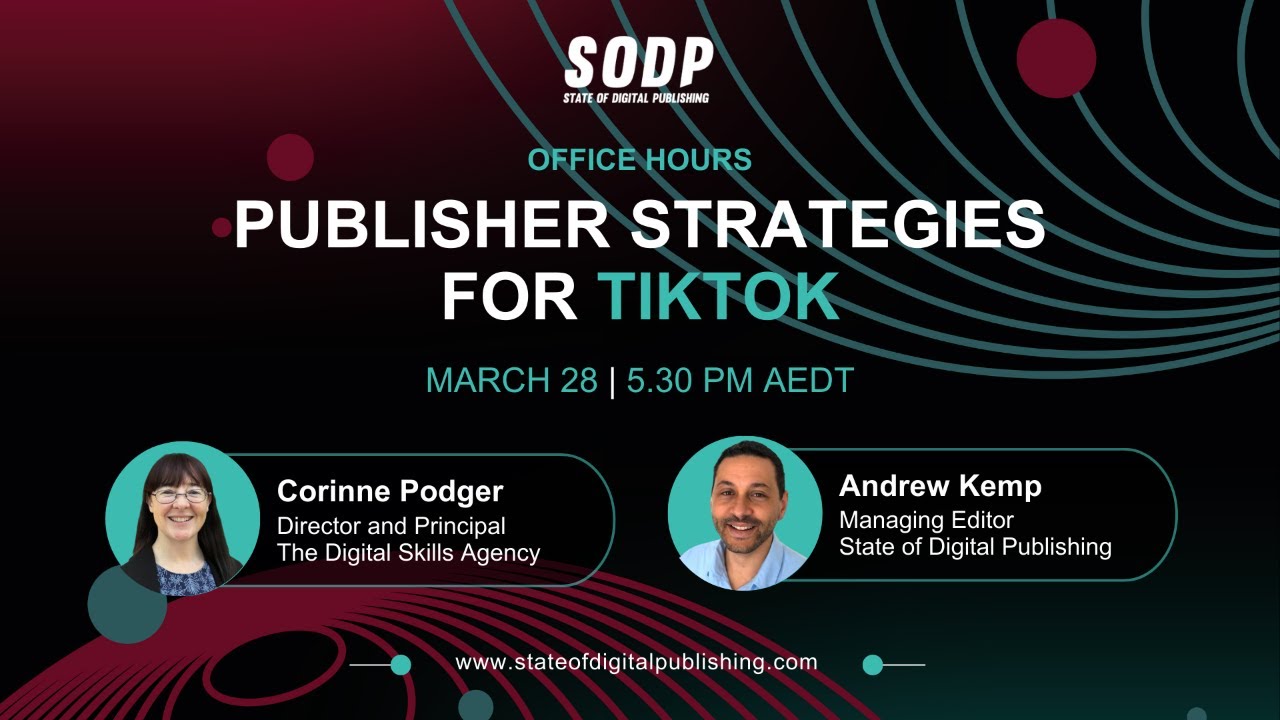What is storytelling?
Storytelling is a narrative technique to communicate insights to an audience. By seeing how characters are affected and changed by the plot, the audience understands something new and remembers significant facts and ideas.
As consumers, we are constantly bombarded with content. We have information overload from every angle – TV, radio, social media, email, billboards, you name it – content is everywhere! Whether you realize it or not, you are always being sold to. When businesses do it right, they often share a meaningful story that gets double takes.
Storytelling as a business strategy provides a competitive advantage to those who use it well. Narrative content allows companies to connect with their audience at an emotional level, which facilitates persuasion. It’s also a great way to communicate complex or abstract concepts, like brand values. A story allows a company to transmit brand values without the need to mention those values explicitly.
Most storytelling in business contexts is then aspirational. Apple, for example does this well. Their brand values are transmitted through their storytelling, in which your life is improved through their products. When you buy an Apple product, you don’t look at the technical spec, because you’re not buying a superior product, you’re buying a better version of yourself.
Six different business storytelling types
When applying storytelling to business content, there are four main types of stories you can use.
A fictional story
A company can use fictional characters, plot and situations to deliver a specific message. Most advertising falls into this category. Even if it’s fictional, it has to be honest. You can inspire your audience, but you can’t confuse them or deceive them.
Stories based on real consumer situations
A subset of the fictional story, this kind of storytelling uses a real, or realistic, consumer situation to tell a story. It’s a powerful way to generate empathy and allow the audience to assume the role of the main characters in the story.
Stories based on brand values
This kind of fictional story uses their characters as embodiment of the brand values. This kind of story allows the audience to understand and interiorize the brand’s values without the need to list them explicitly.
The brand or company story
There are brands for which their longevity is an asset. They can tell a story about their own history, their experience and reputation. Emotions like nostalgia can play a big role in this kind of stories.
You won’t always find a great story in the company’s history though. And, often you’ll find that the “history” story isn’t one you want to tell today. But in some cases, you’ll uncover the motivations and challenges the founders faced—and that can be the basis for a good brand story.
If the company is new you can interview the company’s founders and ask them specifically why they started the company, what problem were they trying to fix, what was the “aha” moment when the idea of the company was born and what happened next.
Data-driven storytelling
Data without context are just meaningless numbers. Is the story that you tell with those numbers that helps the audience to make sense of them and understand them. The 2006 Ted Talk by the late Hans Rosling is still an unmatched example of great storytelling with data.
Customer stories
If your company prides itself on being a customer-driven organization, there is no one better to tell your stories that your own customers. User-generated storytelling will go a long way to build trust with your audience, as they find relatable settings and characters with shared struggles.
The elements of storytelling
Any kind of story basically tells how and why someone or something changes. Just from this sentence we can easily extract the basic storytelling elements.
- Characters. Every story has at least one main character. More complex stories have antagonists or sidekicks, but one main character is enough. This character is the connection between the audience and the story.
- Conflict. Something has changed that prevents the main character from continuing doing things as they’re used to.
- Resolution. How and why the main character overcomes the challenges they faced in the conflict stage is a key part of the story. Here is where the audience learns the lesson of the story and can take the action the brand is presenting as a solution.
There are other storytelling elements, like the setting, the theme or the different narrative arcs you can use to structure your story.
The storytelling process
Storytelling is a craft, that requires practice and a clear process to allow your creativity to shine.
1. Know your brand, really know your brand.
Knowing your brand is one of your key tools in business storytelling. Knowing your brand is not being able to list all your products and services, where your business is located or what your logo looks like. Knowing your brand means being able to clearly express your brand values and your core proposition.
A brand identity is a projection of the values of a company. The visible parts of the brand, like a story you tell through content, are just there to represent this as effectively as possible.”
2. Know your audience
For any kind of communication to be successful, it’s crucial to have a deep knowledge and understanding of your audience. If you don’t have a clear picture of who you’re talking to, you won’t be able to communicate your message effectively, because you won’t know what matters to them. The good news is that you have plenty of methods available that will allow you to extract that knowledge, like user personas exercises, or tools like Google Analytics.
3. Define a clear objective with your story
When establishing the objective of the story you’re telling, you need to define first the action you want your audience to do, or the change in attitude or perception you want to achieve. Essentially, what change you want to effect in your audience.
Then it’s time to work on what are you going to communicate. What kind of story would produce the desired effect in your target audience, while being aligned with your core brand values. Once you have that, then it’s time to start developing that story.
Content from our partners
Not just text: video, audio and interactive storytelling
Storytelling is a craft and a technique that can be applied in a multitude of contexts and mediums. You can add storytelling elements to a landing page for your business. A case study, with its usual structure of setting, challenge and solution, is a common storytelling device. But stories are not just written, they can be told through multiple mediums, sometimes at once.
- Audio storytelling. Podcasts are on the rise, as 51% of the US population has listened to at least one of the 750.000 podcasts out there. Podcasts like This American Life are audio narratives that tell real-life stories. Companies like Samsung have started to use podcasting as a storytelling medium too.
- Video storytelling. Another way to convey your message could be through the use of short documentaries. Mailchimp has recently launched a series of documentaries that showcase their support for startups.
- Interactive storytelling. Interactive stories add mechanisms through which the audience can influence the story or has the freedom to explore at will the different story elements. It’s common for major journalism projects to use a form of interactive storytelling, like this story about online privacy in the New York Times.
- Transmedia storytelling. When you use several mediums at the same time to tell a story, it becomes a transmedia story. Back in 2006, TV show Lost launched a transmedia alternative reality game to promote their third season. The story was told through websites, answering machines, clues in the episodes and even advertisements and marketing materials of the TV show sponsors.
- Game storytelling. Both the interactive and transmedia formats of storytelling include game mechanics, that allow the audience to immerse themselves in the story. To be successful, both story and game mechanics need to be closely aligned.
The SEO benefit of storytelling in content
When you tell a story, you engage your audience and elicit a reaction from them at the end. Storytelling content has a positive SEO impact in three ways:
- Your content is easier to understand because you’re using a format our brains are wired to easily assimilate.
- People will engage with your content for a longer time.
- Your audience will be more likely to react to your content and share it.All three elements are positive signals for Google to identify your content as a relevant and good quality resource.
The challenges of storytelling
Even the most experienced business storytellers still face challenges.
For Greg Koorhan, author of the business storytelling book Don’t sell me, tell me, the biggest challenge is the curse of trying to be all things to all people.
“The stories that reach the widest audience are, paradoxically, the ones that have the simplest emotional truths. If you get specific about what you do and who you serve, it will inform the stories you tell, and more of your ‘ideal’ customers will be attracted by them.”
For Rob Marsh, author of Telling your brand story, the key challenge is to get a sense on how your stories will be perceived and how will influence your audience. “Brand stories don’t always work the way personal stories do—personal stories are about progress, the hero’s journey. Brand stories need to fit into the customer’s journey. They need to reinforce how a person thinks about herself. So knowing how the stories you tell will be understood by the people who hear them is an important part of using stories appropriately,” advises Marsh.












